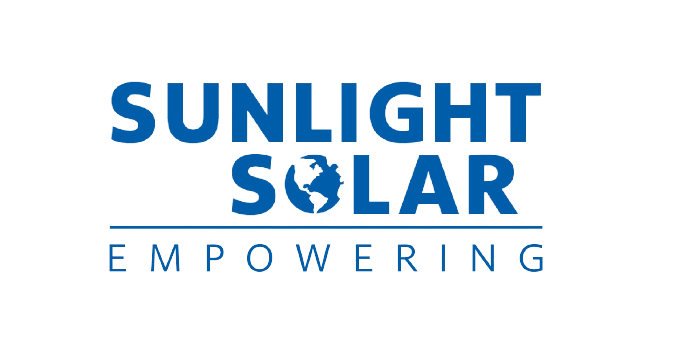Due to a vast number of misconceptions about solar energy, many people have declined or delayed the investment, especially in New England. It is a big commitment to change your energy source, but by expelling some of the myths and providing you with accurate information, we can help make this decision easy for you. Let’s look at some of these misconceptions and try to correct them for you.
1) Solar is more expensive than conventional energy.
While solar energy can require a somewhat daunting upfront cost, Connecticut homeowners are currently looking at a payback of about 12 years. After the payback year, your system becomes cash flow positive, and you can produce free, clean electricity for 20+ years. Remember, there is no such return on investment when paying your utility company month-by-month for electricity.
For homeowners who do not have the resources for the upfront investment, many banks offer solar loans and financing options. Additionally, the solar leasing program offered by CT Solar Lease provides the option for homeowners to go solar for no upfront cost, with monthly payments locked in at a steady rate. With utility prices steadily increasing, this is a great way for homeowners to save on their electric bills and feel good about using renewable energy to power their home!
2) Solar energy doesn’t work in New England’s climate.
While Connecticut doesn’t get as many sun hours as places like California or Arizona, solar panels actually work more efficiently in a cooler climate because heat degrades electricity. Heavy snow will cause the panels to shut off and stop producing power; however most panels are dark enough to absorb and retain heat which help melt the snow melt more quickly. Because panels sit at an angle (parallel to your roof), snow slides off fairly easily. Additionally, sun reflecting off snow on the ground can provide an extra power spike during the winter. (1)
It’s also important to remember that your total energy generation is calculated over a year, so the days that you overproduce make up for days with bad weather.
3) Solar technology is quickly improving and becoming cheaper, so I should wait.
Every technology continues to improve… but solar electricity (photovoltaics) is a fairly mature technology at present. And even if the costs go down, the incentives will, too. The tax credits and rebates are going fast, and utility rates aren’t going down any time soon. By waiting around for the newer and better technology, you run the risk of missing out on the incentives that make solar affordable now, while you continue to lose money paying your monthly utility bill.
As a side note, most of the thin-film solar technology that you’ve heard about is not as efficient for small residential homes.
4) When the sun goes down, my house won’t have electricity
Typical solar electric systems are grid-tied, meaning you use the utility grid for storage instead of a battery. Your system produces electricity during the day, which spins your electric meter backwards, and then your house draws electricity from the grid at night. You are credited for the energy you produce with your solar array and draw the rest from the grid as needed. The net metering system in Connecticut allows you to pay only for the excess electricity that you use if it’s more than you produce with solar.
5) A solar energy system requires a lot of maintenance and confusing parts
Solar panels require little to no maintenance. Your panels will produce energy whether you are thinking about them or not. Sunlight Solar’s systems come with a 10 year labor warranty, and most manufactures also provide a 15-25 year parts warranty. Although we love our customers, we hardly ever hear back from them, because their systems are working perfectly.
Call us today to learn more about how to get started!
